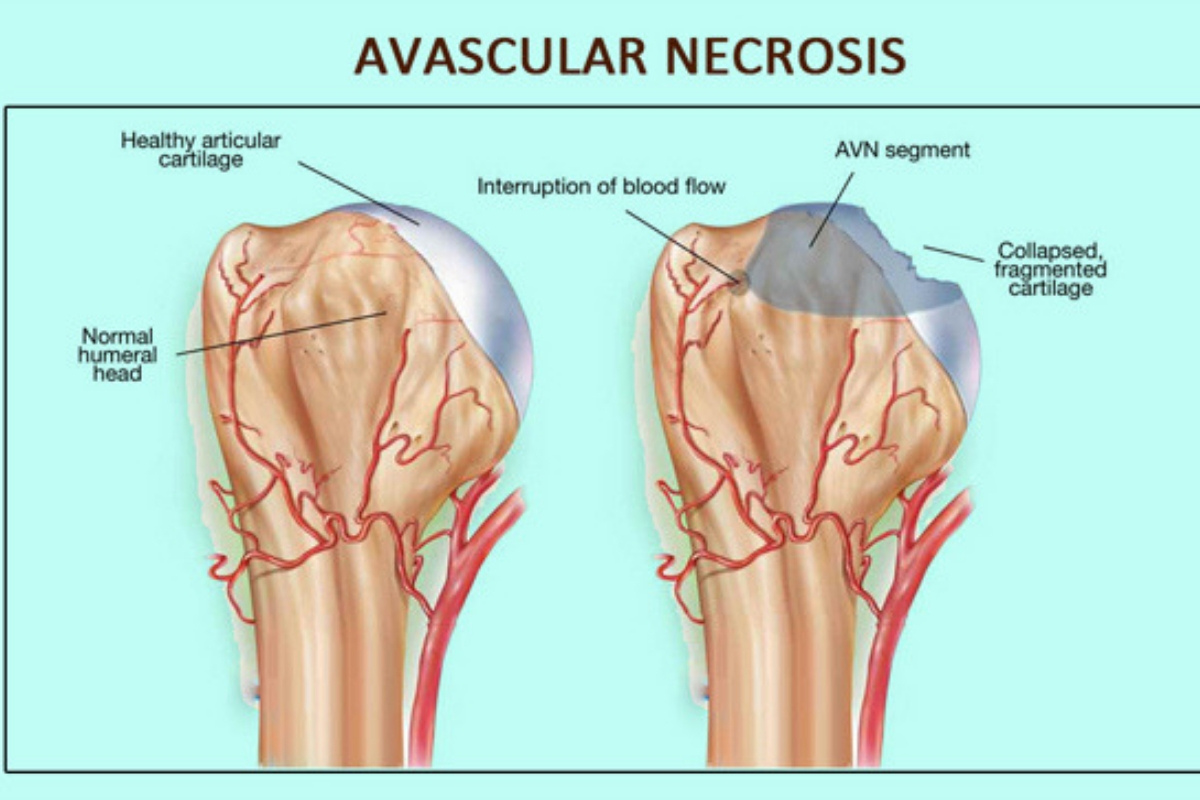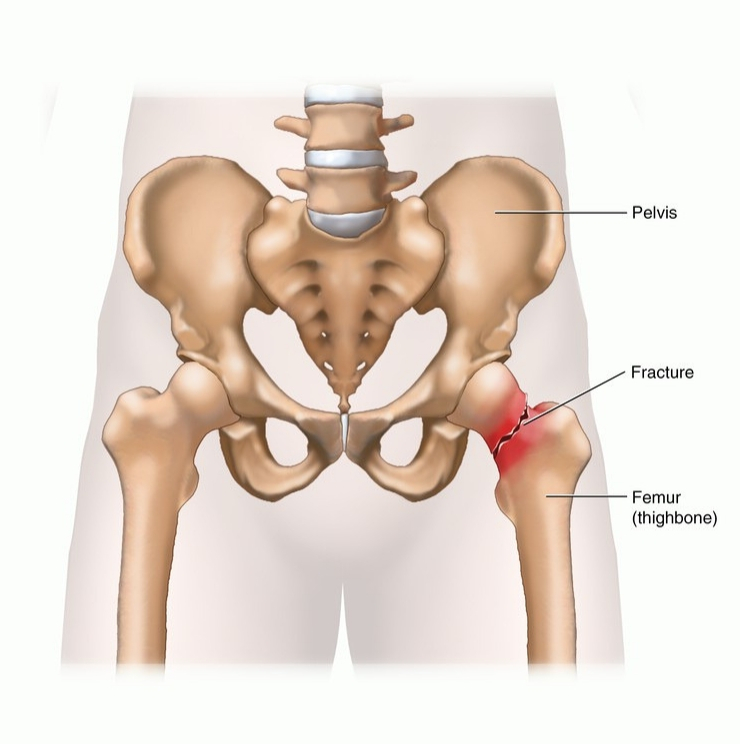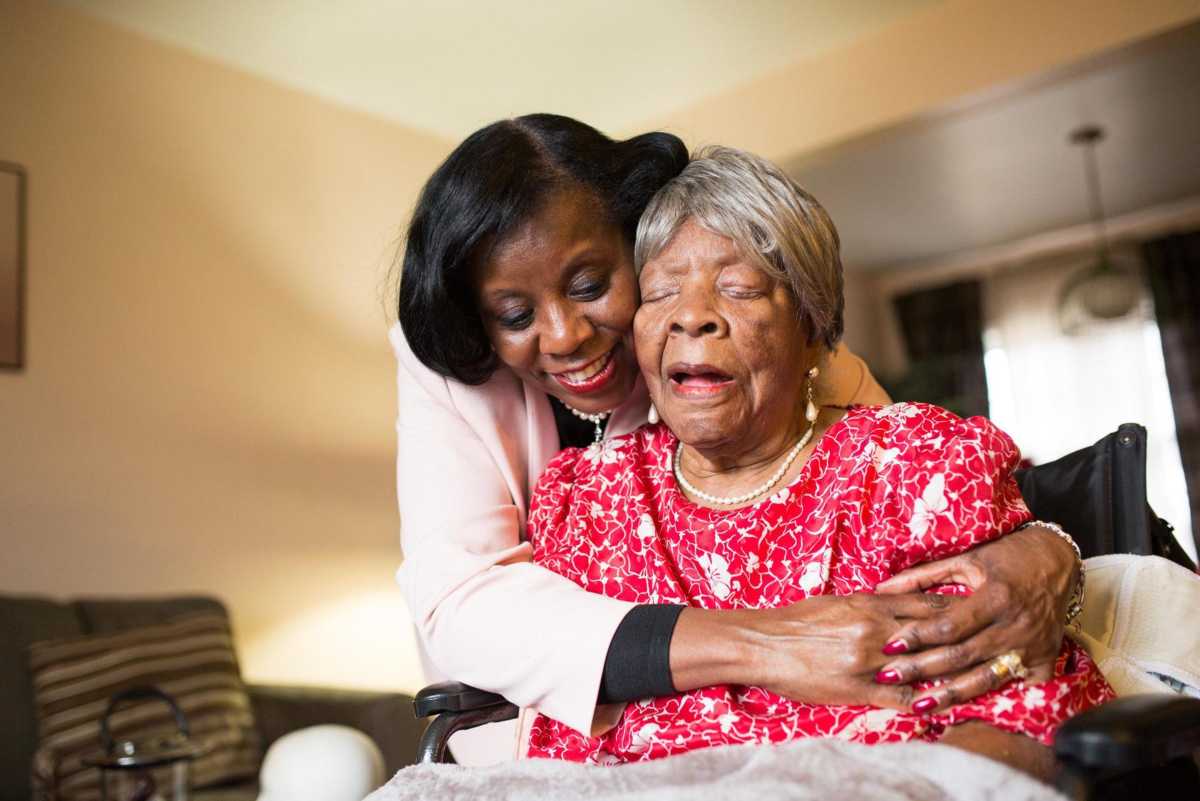Do you require any assistance? Simply reserve your appointment online below
Osteonecrosis of the Hip
We help you feel better
Avascular necrosis (AVN) also known as osteonecrosis, bone necrosis, bone infarction, is a condition in which the bone “dies” as a result of a loss of circulation of blood to an area of bone tissue. The word osteonecrosis is Latin for “bone death.”
Because bone cells die without a blood supply, osteonecrosis can ultimately lead to destruction of the hip joint.
The hip joint is most commonly affected; however, the knee and shoulder may also be involved.

Causes of Osteonecrosis of the hip

Hip osteonecrosis is caused by insufficient blood supply to the bone leading to a loss of minerals and nutrients which normally keep bones healthy.
An injury, such as a forceful impact in an auto accident, or a complication of a hip fracture or dislocation can lead to osteonecrosis.
Diseases such as sickle cell disease, gout, and lupus also may lead to osteonecrosis.
Long-term use of corticosteroids or drinking a large amount of alcohol over a long time increases the risk of osteonecrosis.
What are the symptoms of osteonecrosis of the hip?
Many people have no symptoms in the early stages of avascular necrosis. As the condition worsens, your affected hip joint might hurt only when you put weight on it. Eventually, you might feel the pain even when you are lying down.
Pain can be mild or severe and usually develops gradually. Pain associated with avascular necrosis of the hip might center on the groin, thigh or buttock. Besides the hip, the areas likely to be affected are the shoulder, knee, hand and foot.
Some people develop avascular necrosis on both sides (bilaterally) — such as in both hips.
Risk Factors for Developing Osteonecrosis of the hip
Trauma. Injuries, such as hip dislocation or fracture, can damage nearby blood vessels and reduce blood flow to bones.


Medication to treat osteonecrosis may not be effective in people who have medical conditions that require treatment using corticosteroids, immunosuppressant medications, or chemotherapy. These medications may counteract osteonecrosis treatment.
Your doctor may also advice that you limit use of the affected area using crutches. You may need to do range-of-motion exercises and rest.
Nonsurgical treatment can often slow the progression of osteonecrosis, but most people will need surgery.

Return to a healthy, active lifestyle
Surgical Treatment of Hip Osteonecrosis

Because most people don’t develop symptoms until hip osteonecrosis is fairly advanced, your doctor might recommend surgery.
The options are:
Core Decompression: The procedure involves drilling several small incisions or a large one into the head of the femur to relieve pressure and stimulate blood supply to the area. This procedure is generally performed in the early stages of osteonecrosis and is usually successful in preventing bone collapse.
Arthroscopic cleansing: This is a minimally invasive surgical technique doctors use to remove bone chips or loose pieces of cartilage that may be causing pain or affecting a joint’s range of motion. This surgery is often performed at the same time as core decompression.
Osteotomy: The procedure involves reshaping of the bone to reduce the amount of stress on the affected area. This procedure is used during the early stages of osteonecrosis.
Bone Graft: The procedure involves transplanting healthy bone from another part of your body along with its blood supply to the affected area.
Total Hip Replacement: This is done as the last resort. The diseased joint is replaced by an artificial one. It is recommended for treatment of advanced osteonecrosis of the hip. In some cases, only the diseased surface of the bone may be removed and resurfaced with metal.
Total Hip Replacement at NSOC
High – Quality Patient Care
To perform total hip replacement, a surgeon removes the entire hip joint, replacing the “ball-and-socket” components—the round top of the thigh bone and the bowl-shaped depression in the pelvis—with durable prosthetic parts.
A new hip may dramatically improve your quality of life by alleviating pain and restoring full range of motion.

